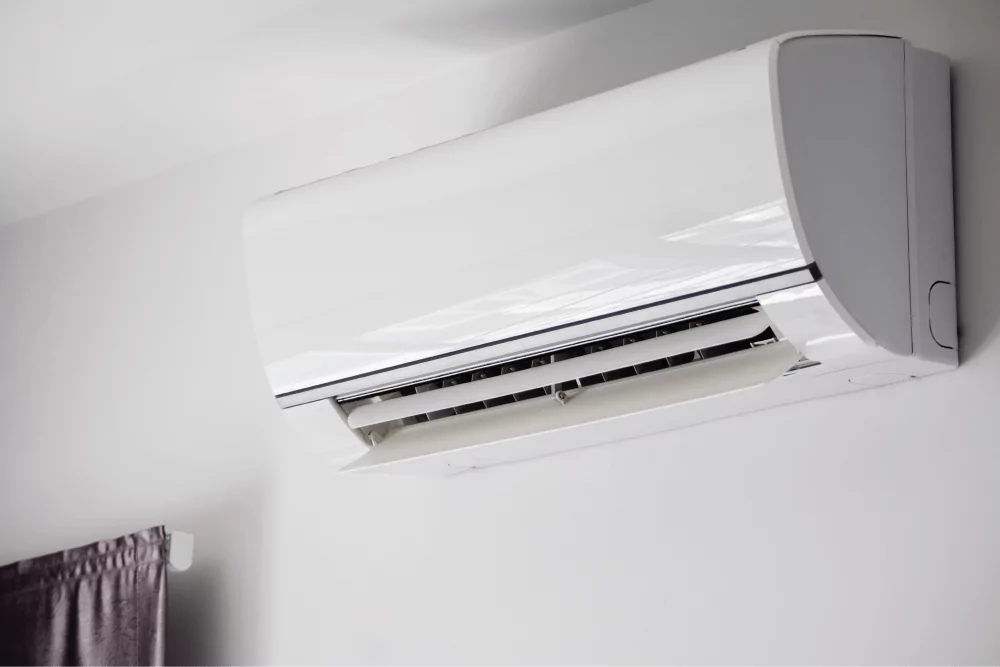
When it comes to indoor climate control, the choice between heat pumps and traditional AC systems is a pivotal decision. In this blog post, we’ll break down the characteristics, functionalities, and considerations of both options, empowering you to make an informed choice that aligns with your specific heating and cooling needs.
Understanding the Basics
- Traditional AC Systems: Conventional air conditioning systems operate by extracting heat from indoor spaces and expelling it outside, leaving cooler air behind.
- Heat Pumps: Heat pumps, on the other hand, can provide both heating and cooling functions. They extract heat from the outdoor air (or ground) and transfer it indoors for heating during colder months. In the summer, the process is reversed for cooling.
Efficiency in Dual Functionality
- Traditional AC Systems: Designed primarily for cooling, traditional AC systems excel in efficiently lowering indoor temperatures during hot weather.
- Heat Pumps: Heat pumps offer a dual functionality, providing both heating and cooling capabilities. This dual role can result in energy efficiency, especially in regions with milder climates.
Energy Efficiency Considerations
- Traditional AC Systems: While effective in cooling, traditional AC systems may consume more energy, particularly during peak summer months.
- Heat Pumps: Heat pumps are renowned for their energy efficiency, as they transfer heat rather than generate it. This can result in lower energy bills, especially in moderate climates.
Climate Suitability
- Traditional AC Systems: Ideal for areas with predominantly hot climates, traditional AC systems shine in keeping indoor spaces comfortably cool.
- Heat Pumps: Heat pumps are versatile and excel in regions with milder winters, offering efficient heating without the need for a separate heating system.
Installation and Setup
- Traditional AC Systems: Installation is typically straightforward, involving the placement of an indoor unit, an outdoor condenser, and a network of ducts for air distribution.
- Heat Pumps: The installation of heat pumps is slightly more complex due to their dual functionality. However, they can be an efficient all-in-one solution for both heating and cooling needs.
Initial Cost and Long-Term Savings
- Traditional AC Systems: Generally, traditional AC systems may have a lower upfront cost but might result in higher long-term energy bills.
- Heat Pumps: While the initial investment for heat pumps can be higher, their energy-efficient operation often leads to significant long-term savings.
Maintenance and Lifespan
- Traditional AC Systems: Routine maintenance is crucial for optimal performance, and the average lifespan is typically around 15 to 20 years.
- Heat Pumps: Heat pumps require regular maintenance, but their lifespan can be comparable to traditional AC systems.
Considerations for Your Region
- Local Climate: Consider the predominant climate in your region to determine whether a system focused on cooling or one with dual functionality is more suitable.
- Energy Costs: Evaluate local energy costs and the availability of renewable energy sources to assess the long-term cost-effectiveness of each system.
Conclusion
Choosing between heat pumps and traditional AC systems involves weighing various factors, including climate, energy efficiency, and upfront costs. By understanding the distinctive features of each option, you can make an informed decision that aligns with your specific comfort and efficiency requirements. Whether you opt for the simplicity of a traditional AC system or the versatility of a heat pump, the goal is to achieve optimal indoor climate control that suits your unique needs.